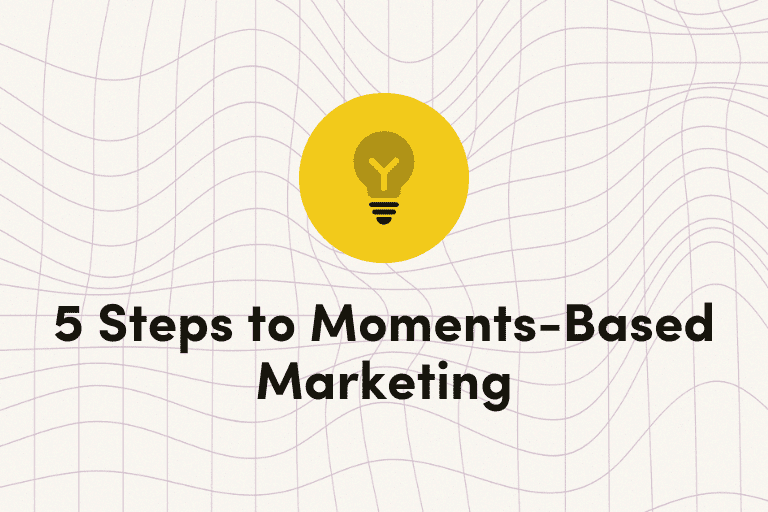How to Create a Unified Customer Experience
Today’s customers frequently engage with their favorite brands across more than one channel. They likely move from one device—and marketing channel—to the next, interacting with your brand multiple times in their journey towards making a purchase. So, how can your brand create a unified customer experience?
Google found that six in ten shoppers start their purchase on one device before completing it on another. They also found that while foot traffic for retail stores had dropped by 57% between 2011 and 2016, the average value of each in-store purchase had almost tripled. That’s because, by the time a shopper does walk into a store, they’ve had abundant opportunities to research the brand on their mobile devices and desktop computers, building a strong enough connection to the brand to make a larger purchase.
Whether you sell via e-commerce, in-store, or through a mix of both, it’s important to create a unified customer experience across all of the potential brand touchpoints. Here are some pointers to help you do that effectively.
Ensure Consistency in Brand Messaging Across Channels
When you have multiple marketing teams working across multiple channels, it’s easy to overlook differences in tone, messaging, and design from one channel to another.
To avoid these discrepancies, your brand should develop a detailed tone and style guide for written copy, and a design style guide for graphics so that your entire marketing team understands what your content should look and sound like across each channel. There may be some differences between channels. For example, your social posts may allow for more of a fun, playful tone, while your SMS marketing may be straight to the point. But whatever the case, make sure that your marketing team is aligned on the vision for the brand overall, so that you have clear guidance on a channel by channel basis.
It’s also important to ensure that all teams are aligned on key messaging around product launches, updates, and promotions. Share internal memos that document all of the key points to be conveyed around each promotion, and make sure that you clarify how and when the promotion should be shared on a channel-by-channel basis.
Integrate Your Customer Data for a Unified Customer Experience
To make sure you’re using current customer data to feed your marketing channels, your team should utilize a customer data platform (CDP) that can centralize data from all of your different marketing solutions into one location. This can incorporate data from your CRM, your e-commerce platform, your POS solution, your web, app, and mobile analytics tools, and additional zero-party data that your customers provide.
For example, your CDP will store information that customers have shared with you, such as their contact details, birthdate, address, household size, address, and user information they’ve filled out about brand preferences and sizes. You can combine that with additional data you gather every time they interact with your brand, including the web and app pages they’ve visited, links that they’ve clicked on in emails, the open status of your marketing messages, etc. You’ll also be able to track their purchase and return history over time, grouping customers based on type, frequency, and value of orders.
This solution will give you the capabilities to track every brand interaction your customers have, so that you can deliver the right messaging via the right channel. Centralized data can be used to build workflows that lead to a consistent and seamless experience across every marketing channel your customers use.
Deliver Cross-Channel Marketing Campaigns
It’s not enough to ensure your messaging is consistent across channels, it’s also critical to make sure each customer, as an individual, has a consistent experience when moving from one channel to the next. That means, rather than providing the same exact offer over multiple channels, you should be delivering a sequence of messages, with each message taking into account messages previously sent to that customer and how they responded to them.o
For instance, if you use a cross-channel marketing automation platform like Iterable, you can automatically optimize the send times of your campaigns based on when customers are most likely to open them and via the channel they most frequently engage with. If some customers tend to open SMS messages, but rarely open emails, your solution will default to sending them SMS campaigns as a first point of contact.
A cross-channel marketing solution can also customize channel delivery on the basis of a user event. So, if a customer opens your mobile app and clicks on a link to a raincoat, for example, they’re already in the app, your solution might send an in-app message with a promotional code, and then follow up with a push notification if the customer doesn’t act on the promotion. From there, the sequence could follow up with SMS and email messaging, and even a piece of direct mail. The workflow can change at any point based on the user’s response, so you’re able to deliver a unified experience from one channel to the next that maps to their unique customer journey.
Summarizing a Unified Customer Experience
Developing a unified customer experience will help you deliver a better overall experience for each customer regardless of how they choose to interact with your brand. They’ll be able to connect with your brand through whatever channels they prefer to use and you’ll be able to respond to their interactions with relevant follow up sequences no matter how, when, or where they engage with you.
Using a best-in-class cross-channel marketing platform like Iterable, you’ll be able to deliver seamless and consistent customer experiences that help you generate repeat customers who’ll remain loyal to your brand.






























